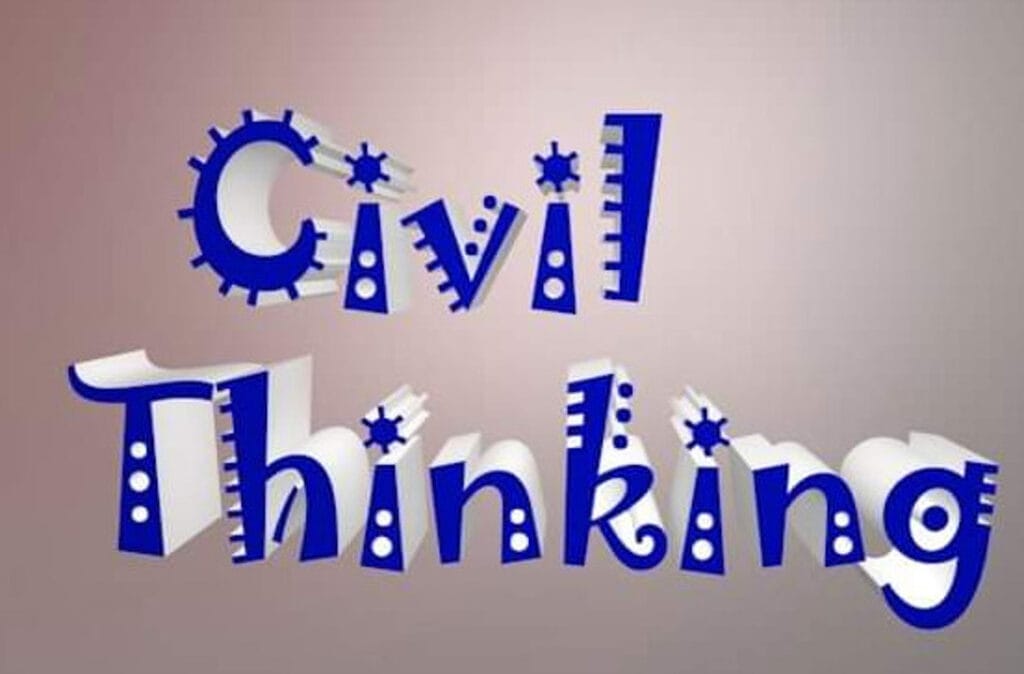Theory of Errors in Observations
Surveyors use measurements to map land and build structures. But no matter how skilled they are or how good the tools, every measurement has some error. Understanding these errors helps surveyors pick the right tools and methods so mistakes stay small enough to not harm their work.
Direct and Indirect Observations
A direct observation is when you measure something directly, like laying a tape measure across a line or using a protractor to read an angle.
An indirect observation happens when you can’t measure a quantity straight away. For example, to find the width of a river you might measure a baseline on one side and the angles from each end to a point across the river, then use trigonometry to calculate the distance.
Whenever you compute a value from other measurements, the small errors in each measurement combine. This mixing of errors is called error propagation.
Errors in Measurements
An error is the difference between what you observe and the true value (which you never know for sure). We write it as:
E = X – X̄
where X is the number you measured and X̄ is the true value.
- No measurement is ever perfectly exact.
- Every measurement contains some error.
- We never know the true value exactly.
- Because of this, we can’t know the exact error value.
Accuracy depends on the tool’s markings, how reliable the instrument is, and human ability to read small divisions. Even as tools improve, measurements only get closer to the true value—they never reach it exactly.
